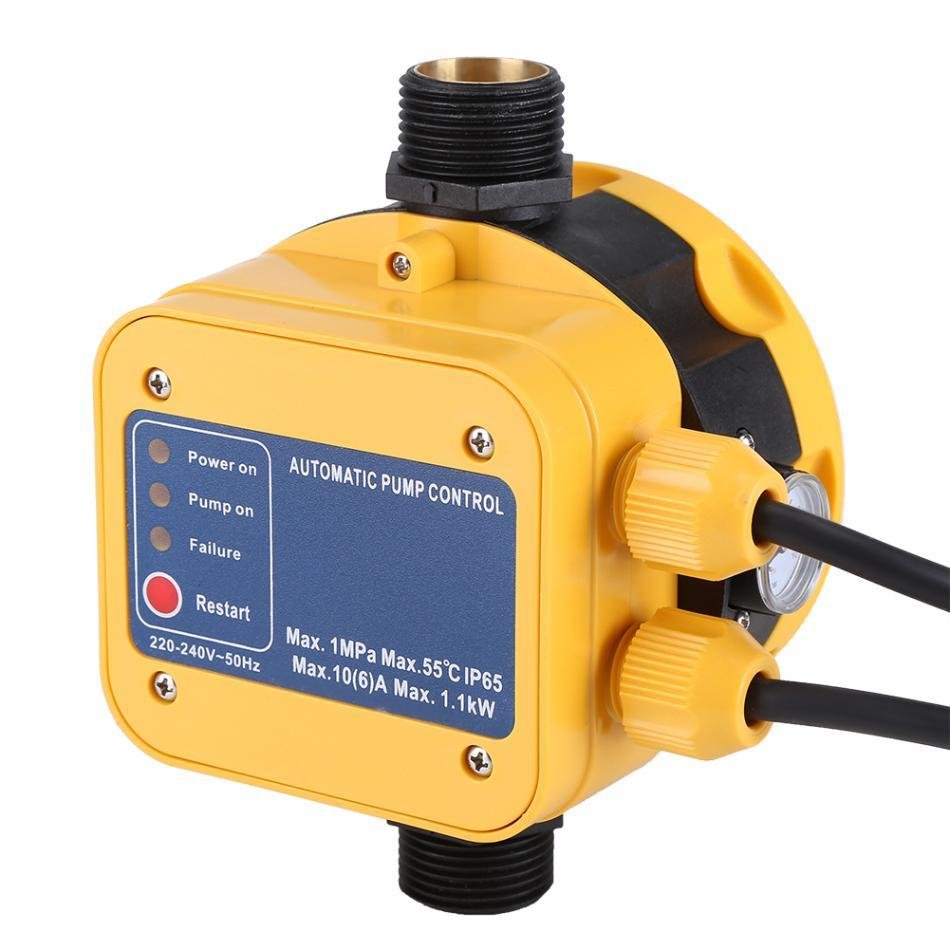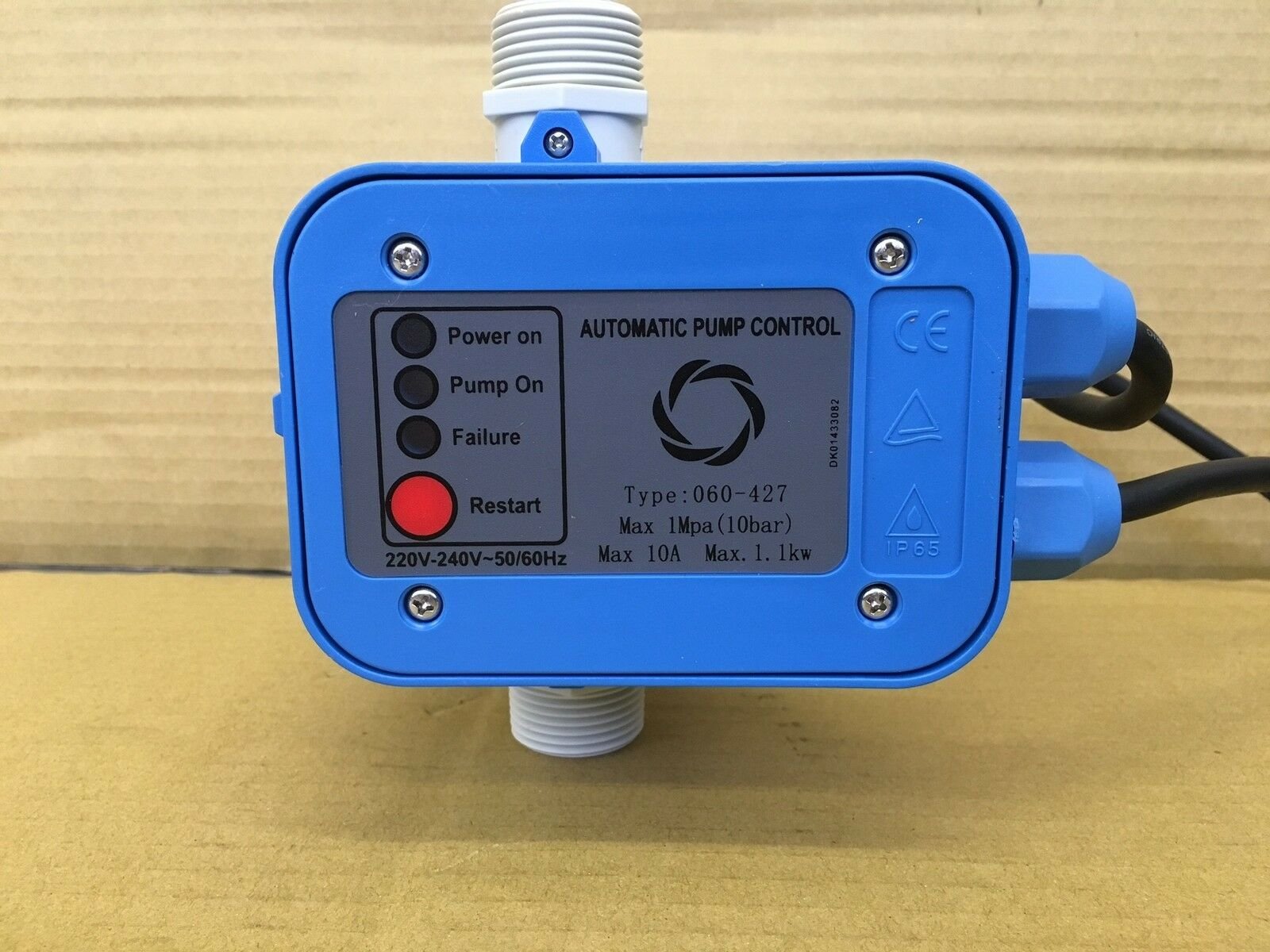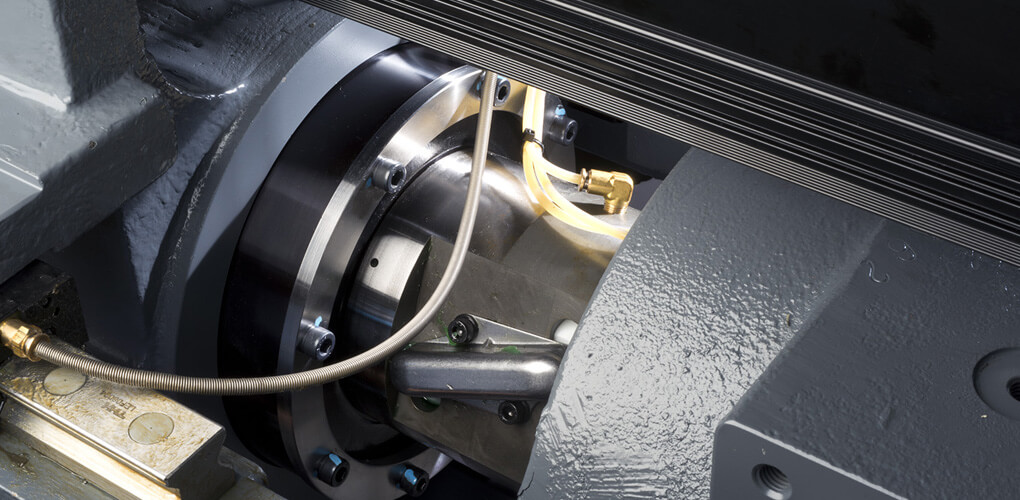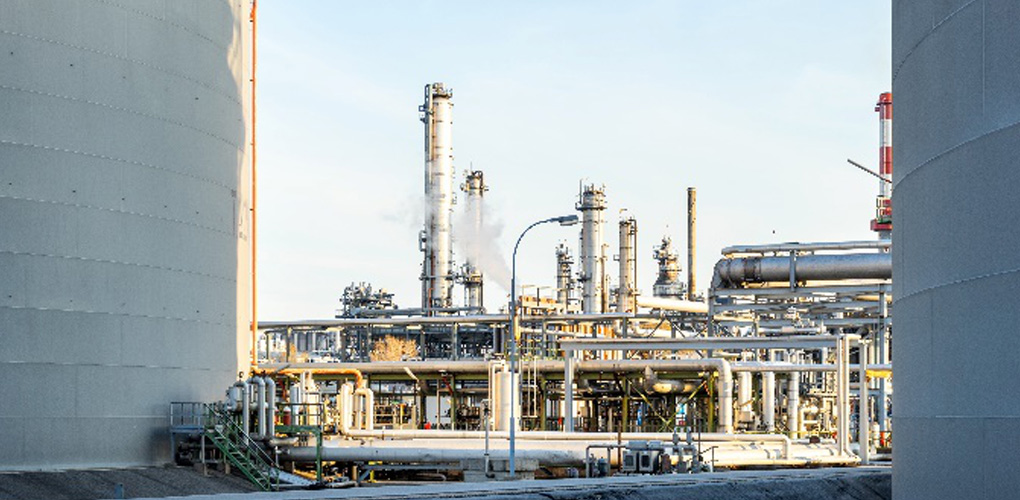How to Select Water Pump Pressure Sensor?
7 Tips to Help You Choose a Suitable Water Pump Pressure Sensor
Water pump pressure sensor is a device that helped turn a page in the water pumping technology. The pressure sensor, in association with a water pump, led to the birth of a new generation of water pumping and distribution system.
Water pump pressure sensors have lots to offer for the pump and pumping system.
You May Also Read: How to Trouble Shoot an Air Conditioner Pressure Transmitter ?
We'll highlight all the positive aspects of a water pump pressure sensor in this article. Then, we will guide you through some tips for buying the right pressure sensor for your water pumping applications. But first, let's understand what a water pump pressure sensor is and see why it is essential.

Introduction
Water pump pressure sensor is an instrument used in modern commercial, industrial, and domestic water pumps to enhance its efficiency.
A water pump pressure sensor consists of a sensing element. This element comes in contact with the flowing or stagnant water, and the water exerts a certain pressure on this sensing element. This pressure causes the diaphragm of the sensing element to constrict.
On constriction, the diaphragm completes an electric circuit which generates an electrical signal. This electrical signal makes the pump adjust its power according to the system's pressure requirements.
Water pumps usually employ two pressure sensors: one at the pump inlet and the other one at the pump outlet. A domestic water pump has a maximum operating range of 30 psi (pound per square inch) to 50 psi. Thus, a water pump pressure transmitter for domestic use is often designed to shut the pump if the pressure increases or decreases from this range.
Why is A Water Pump Pressure Transmitter Important?
A water pump pressure transmitter saves the pump from operating at dangerously low or high pressure. Because in both cases, the pump can sustain severe damage.
Following are some of the factors that make a pressure transmitter necessary for a water pump
Makes Water Pump More Efficient
Pumps that use a water pump pressure sensor operate on their designed pressure range. Because the pressure sensor shuts them down when the pressure exceeds or recedes from the setpoint. Therefore, the pressure sensor allows the pump to operate at its maximum efficiency.
Pumps with Pressure Sensors: A Part of IoT
IoT-The internet of things is a network where machines communicate with each other without any human help.
A water pump pressure sensor makes the pump a part of the internet of things. In this way, the sensor allows automated controlling of the pump operation. And also enable human operators to shut the pump off, in case of emergencies, even when they are far from the pump location.
Protect the Down Stream Equipment
We mentioned above that there is a pressure sensor present in the pump outlet. This sensor ensures that the outlet water is not too pressurized. If the water carries extreme high pressure from the pump, chances are it will damage the downstream equipment like pipes, valve and other sensors.
If the sensor picks up pressure beyond its setpoint, it either shuts the pump down or notifies it to reduce its power.
Protects the Pump
Every pump has a certain minimum operating pressure below which it should not operate. If the water entering the pump exerts low pressure, the pump will cavitate. Cavitation, if left untreated, can harm the pump, and render it useless.
Therefore, a pressure sensor at the inlet of the pump keeps a check on the pressure of entering the water. And if the inlet pressure drops below the safe level, the sensor will not allow the pump to operate. In this way, the sensor will prevent the pump from cavitation and hence ensure its durability.
How to Select?
There are a lot of factors that you should consider before deciding on a water pump pressure sensor for your pumping application. Following are some tips that you may find helpful while looking for a useful sensor for your pump.
1. System's Pressure Range
Pressure sensor manufacturers design different pressure sensors to operate over a wide range of pressures. To ensure that your pressure sensor fits perfectly with your system requirements, determine the operating pressure range of your system.
Find out the maximum and minimum possible pressure that your system can reach. And then choose a pressure sensor that seems best for your system's operating range.
2. System's Temperature Range
Figure out the maximum and minimum temperature of the water system in which your pressure sensor will work. Too high or too low temperature may defer the performance of the transmitter or wreck it altogether.
3. Moisture Resistance Capabilities
Make sure you get a pressure transmitter that is moisture resistant. This tip seems like an obvious thing to say, but some people often overlook it while getting a pressure sensor.
Since a water pump pressure sensor is continuously exposed to water, therefore, if it is not made with a moisture-resistant material, it will wear out sooner.
4. Restrictor Plug is Important
Water pump pressure sensor often has to bear sudden spikes in water pressure when the valve opens or closes. This pressure spike is often beyond the measurement range of the sensor. Thus, it can damage the pressure sensor in the long run.
A restrictor plug is installed in the line of the pressure sensors sensing element. This restrictor plug reduces the internal diameter of the pipe, therefore restricting and breaking the pressure spike and protecting the sensing element for getting damaged.
So, make sure that the pressure sensor has a restrictor plug to protect it from fluctuations in input pressure.
5. pH Resistance
Water pump pressure sensors have to deal with a massive quantity of water during their service life. The pH level of water is not always constant. Sometimes, it can be a little acidic or a little alkaline. So make sure that your pressure transmitter is made to tackle slight variations in the acidity or alkalinity of water.
A sensing element made using 316L stainless steel offers excellent resistance against corrosive substances, so it's best if you confirm with your vendor about the material of the sensing element.
6. Electrical Output
Pressure sensors relay output in the form of electrical signals. These signals can be in the form of a voltage (mV) or current (mA).
Decide on the type of output signals that you want from your pressure sensor and then get a sensor that relays signals in your desired form.
7. Protection of the Electronics of the Sensor
Water pump pressure sensor is in continuous contact with water. If even a small amount of water seeps into the sensor, it can cause a short circuit in your sensor.
So, ensure that you use a pressure sensor that is sealed and does not allow environmental contaminants to interact with its electronic elements.
In such cases, some pressure sensor experts suggest a sealed gauge pressure sensor. But you may choose any pressure sensor depending upon your system. Just make sure to protect it from harmful environmental factors.
You May Also Read: Water Pressure Transmitter: How Effective It is Across Industries
Conclusion
Water pump pressure sensors have revamped the water pumping and distribution system. These sensors have allowed the simple pumps to enter the internet of things and have thus converted them into intelligent devices.
Converting a pumping system into a smart pumping system is straight forward. All you have to do is add in a pressure sensor. But selecting a pressure sensor for your pumping application requires you to take a step back and ponder over a few factors, determine a few variables and then go out and get a pressure sensor that works perfectly in your application.
Make sure you know your system's pressure and temperature range beforehand. Moreover, ensure that the pressure sensor that you get is moisture and corrosive substance resistant and comes with a restrictor plug.
To Learn More About Pressure Sensor, Contact Us!













